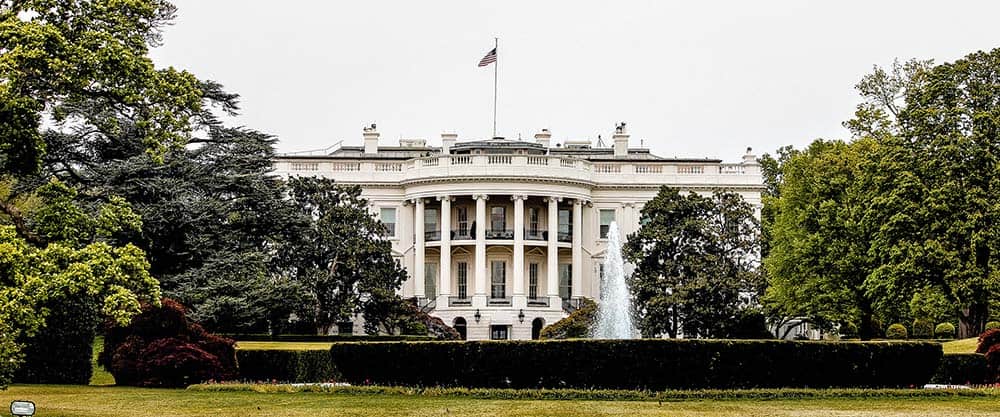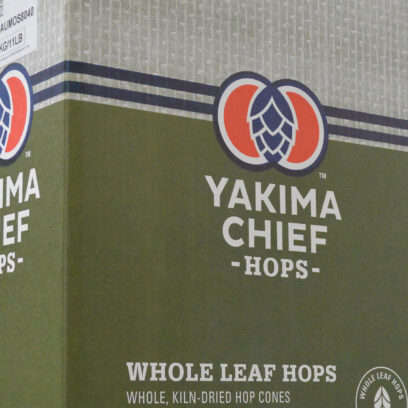Preparing for Potential Climate-Related Disclosure Requirements


As climate-related disclosure and mitigation requirements continue to evolve, understanding the latest regulatory landscape is essential for US companies. In this webinar, we cut through the jargon to provide clear insights into emerging climate-related requirements, breaking down two key federal proposals and one EU regulation impacting some US-based companies. Join us to stay informed and prepared for what’s ahead in climate compliance.
Federal suppliers may face new requirements, and it’s not too early to prepare.
We recently published a blog post about a new proposed climate-related disclosure rule issued by the United States (US) government (which spends $650 billion with suppliers annually) that would require US government suppliers to disclose carbon emissions, with scope of emissions and requirements varying by the amount of federal supplier revenue. That post provides an overview of the new proposed rule, which organizations it may affect, what may be required to comply with the proposed rule, and a possible timeline for when the rule may go into effect. In this post, we’ll dig into ways organizations can start preparing to comply with the new proposed rule, as it’s written, which varies based on multiple factors, including federal revenue and what climate-related work has already been done voluntarily to measure and report on carbon emissions.
Climate-related regulations are increasing globally, and smart organizations are proactively preparing now rather than waiting for mandates so they aren’t caught off guard when the time comes. Whether it’s in a few months or years, one thing is clear: stronger regulations about climate disclosures are likely inevitable for US businesses, and the time to prepare is now.
About the Proposed Federal Supplier Rule
The Federal Supplier Climate Risks and Resilience Proposed Rule would require government suppliers with annual federal contract revenues greater than $7.5 million to disclose Scope 1 and 2 greenhouse gas (GHG) emissions, and suppliers with greater than $50 million in annual federal contract revenue would additionally be required to disclose Scope 3 GHG emissions, assess and disclose climate risks, and set science-based carbon reduction targets.
A breakdown of what’s required by the rule based on annual federal contract revenue can be found in the chart below:
CarbonBetter helps organizations take proactive steps to ensure compliance with potential new regulations, including the proposed federal supplier rule and the proposed SEC rule. Reach out today to get started.
Contact UsAre Any Organizations Exempt From the Rule?
Organizations with less than $7.5 million in annual federal contract revenue would not be affected by the new rule, as it’s currently written. However, it’s still important for these suppliers to be aware of the proposed rule should they cross that revenue threshold at some point in the future.
Also, there are several categories of federal government contractors that would not be required to comply with the rule, including, but not limited to, the following (please check the proposed rule for complete information):
- Higher education institutions
- Nonprofit research entities
- State or local governments
- Entities deriving 80% or more of their annual revenue from federal management and operating contracts that are subject to agency annual site sustainability reporting requirements
“Since there are so many factors involved, including the size and complexity of an organization, in addition to the unknowns regarding what may be included in the final rule, no two organizations will follow exactly the same path to meet the compliance requirements of the proposed federal supplier rule.”
NICOLE SULLIVAN ON NAVIGATING THE PROPOSED FEDERAL SUPPLIERS CLIMATE DISCLOSURE RULE

SUSTAINABILITY REPORTING OVERVIEW
Sustainability reporting serves as a valuable tool to achieve corporate commitments and better manage climate-related business risks. This white paper walks you through what's typically included and what should be considered.

Why You Should Start Preparing Now
If the rule becomes law as it’s currently written, federal suppliers that meet the criteria will have a specific timeframe in which compliance will be required to continue being a federal supplier. By waiting, suppliers risk potentially higher costs and longer timelines that could risk compliance with the final rule and jeopardize government contracts. Not only that, but investors are pushing for greater climate-related disclosures, and customers are increasingly seeking out brands that prioritize sustainability, so organizations will eventually be held accountable one way or another, regardless of whether or not these rules pass. By getting started today, organizations can be prepared if and when new regulations go into effect.
How to Prepare
Proposed Criteria for Regulated Organizations
- "Major" Federal contractors are defined in the proposed rule as receiving more than $50 million in annual federal contracts. Major contractors would be required to publicly disclose Scope 1, Scope 2, and relevant categories of Scope 3 GHG emissions, disclose climate-related financial risks, and set science-based emissions reduction targets under the current proposed rule.
- "Significant" Federal contractors are defined in the proposed rule as receiving more than $7.5 million in annual contracts but less than $50 million. Significant contractors would be required to report Scope 1 and Scope 2 emissions under the current proposed rule.
- Federal contractors with less than $7.5 million in annual contracts would be exempt from the Federal Supplier Climate Risks and Resilience Proposed Rule, but the proposed rule criteria may change, or organizations at this revenue level may grow to a regulated level by the time the proposed rule becomes law, if it passes in some form.
Where to Start
Since there are so many factors involved, including the size and complexity of an organization, in addition to the unknowns regarding what may be included in the final rule, no two organizations will follow exactly the same path to meet the compliance requirements of the proposed federal supplier rule. So, what should you do first?
The first step is to talk to CarbonBetter. We’ll start with a gap analysis to understand the difference between your organization’s current sustainability efforts and what may be in the final rule by walking through some key questions. Those questions may include:
- Have you done Scope 1, 2, and 3 emissions quantification? Have you followed the Greenhouse Gas (GHG) Protocol for your emissions quantification? If utilizing other methodologies, your emissions calculations may require updates to meet the proposed rule. CarbonBetter helps organizations measure Scope 1, 2, and 3 emissions.
- Do you currently disclose your emissions? The current proposed rule makes certain requirements for disclosure that would need to be followed. Even if you have previously disclosed your organization’s carbon emissions, you may not have submitted them to CDP (formerly the Carbon Disclosure Project) or meet the requirements to do so. CarbonBetter helps clients make accurate and timely disclosures in the necessary formats.
- Have you set science-based targets? You may have set targets, but have you submitted them to Science Based Targets initiative (SBTi), and are you doing the required annual reporting? CarbonBetter helps clients set science-based targets, submit to SBTi, and complete annual reporting on progress.
- Do you have a budget set aside for sustainability? You may need to add to this budget to ensure compliance with potential new regulations. Because budgets are set at specific times of the fiscal year, it’s critical to complete a gap analysis as early as possible to understand the estimated resources necessary. CarbonBetter helps clients set annual budgets for sustainability efforts.
- Do you have internal sustainability resources? Even if you do, there may be areas of expertise required that are not represented on your team. In addition, working with a third party, like CarbonBetter, can add accuracy and credibility to your compliance efforts.
Conclusion
The right sustainability partner will be critical in meeting potential new federal regulation deadlines and limiting risks associated with noncompliance. CarbonBetter helps organizations navigate the complexities of voluntary and mandatory climate-related efforts, including measuring Scope 1, 2, and 3 emissions, submitting CDP disclosures and completing annual climate change questionnaires, and helping set and obtain SBTi validation of science-based targets. Reach out today with questions or to get started.
If the rule becomes law as it’s currently written, federal suppliers that meet the criteria will have a specific timeframe in which compliance will be required to continue being a federal supplier. By waiting, suppliers risk potentially higher costs and longer timelines that could risk compliance with the final rule and jeopardize government contracts. Not only that, but investors are pushing for greater climate-related disclosures, and customers are increasingly seeking out brands that prioritize sustainability, so organizations will eventually be held accountable one way or another, regardless of whether or not these rules pass. By getting started today, organizations can be prepared if and when new regulations go into effect.
Maybe. Since each organization faces unique challenges based on their size, complexity, current and ongoing sustainability efforts, we recommend contacting us so we can provide the most accurate information. CarbonBetter can help your organization navigate the nuances of the Federal Supplier Climate Risks and Resilience Proposed Rule.
"Major" Federal contractors, defined in the proposed rule as receiving more than $50 million in annual federal contracts, would be required to publicly disclose Scope 1, Scope 2, and relevant categories of Scope 3 GHG emissions, disclose climate-related financial risks, and set science-based emissions reduction targets under the current proposed rule.


